1993 Codemasters
Platform: Commodore Amiga
A bit of a surprise now for Amiga fans as part of our 3-day Christmas 2023 update on Games That Weren’t – starting off with a Codemasters title which hasn’t been known about until today, and missing for 30 years.
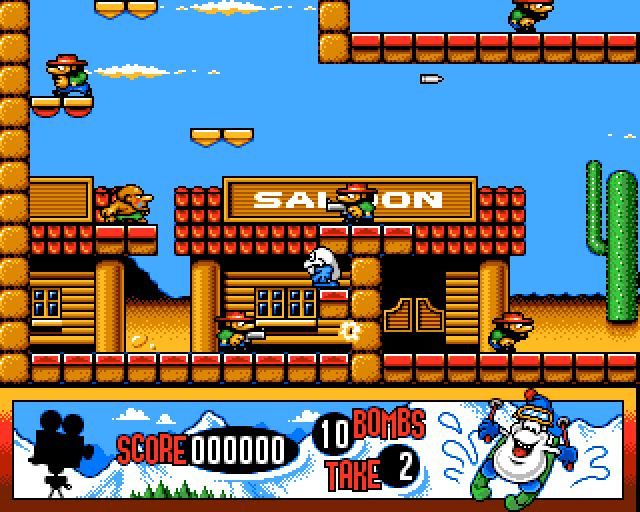
Back during the early 1990s, Genesis Software (consisting of Jonathan Temples, Dave Clarke and Ashley Hogg) had created the superb CJ’s Elephant Antics for Codemasters, rising from the ashes of an abandoned New Zealand Story conversion for Ocean Software.
The popularity of the game would see a number of spin-offs from the design by Reflective Designs which were all essentially CJ games with a different ‘skin’ applied, including DJ Puff’s Volcanic Capers and also Stuntman Seymour. In an interesting twist, Ashley Hogg would be tasked with creating a 16-bit conversion of the latter title.
“Although the floppy disk says May 1993, I am 100% certain that the Stuntman Seymour conversion was started and mostly, if not entirely, completed late summer 1992.” began Ash. “The reason I say this is that I do remember working on it in an advanced state whilst I was still living at my parents’ house – which I left in late 1992 to relocate to near Codemasters’ offices in Southam.”
Ash had already previously converted both of the CJ games to the Amiga and ST, so had the basic building blocks already to make a good start, but needed an artist to help put the conversion together. “The late, great, Brian Hartley provided all the graphics.” confirmed Ash. “It was so sad that we lost Brian a few years ago, far too young. I always enjoyed working with him at Codemasters.”
As with the CJ games on the Amiga, Ash developed Stuntman Seymour on a dual-Amiga setup – a memory-expanded A500 with a A590 hard drive used as the main workstation, connected to an A1000. Ash explains more about how it all worked:
“Thanks to the wonderful Rich Aplin who, a couple of years previously, explained to me (and sent me his own implementation) how to make a custom A1000 Kickstart disk with a parallel port download capability, so that it booted up with a small downloader program resident in Kickstart RAM, rather than system RAM. It could then receive code/data downloaded from the other Amiga. This was a really great setup for developing on a target Amiga whilst ensuring that 100% of system RAM was available to the game.”
Code was written either in Baby Amy (a custom editor written by Ash – though was more tailored towards 6502 and Z80 that Ash used for C64 work), CygnusEd (which several of Codemasters’ coders used) or written directly within HiSoft’s Devpac assembler editor, which was used to then compile everything together. For the maps – both Ash and Brian would use AHMed (a custom tile and map editor written by Ash) to lay out all the levels.
As Ash stated earlier, its felt that the game was finished (or at least nearly was) in 1992, but when relocated to other projects (including Fantastic Dizzy) to help finish off – this may have affected Stuntman Seymour from being polished up and prepared for final release that year. It would be in May 1993 when Ash finally got to dust everything down, finish off and get the disk to Rob Northen Computing to apply the final disk protection.
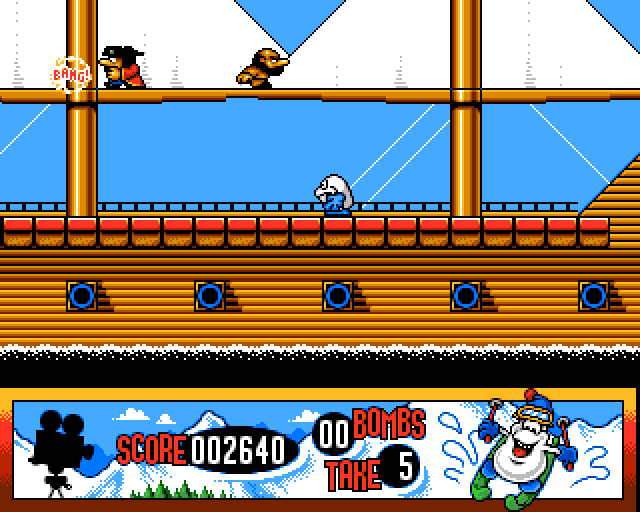
The fact the game got this far indicates that the release was intended to go ahead by Codemasters, even after the delay – but why then has it taken 30 years for us to learn about it?
“Paul Ranson was the project manager for Stuntman Seymour (at least, this version), and I recently dropped him an email to let him know I’d found the disk with the game on.” began Ash. “He broadly agreed with my thoughts, that by mid-1993 Codemasters were focussing more on console games rather than home computer games. He did also comment that there could possibly have been other factors (although, like me, his memory is a bit hazy!).”
Hazy memories aside, one such factor that Ash suggests is that at the time, Codemasters were internally introducing a strict process to which all games had to adhere. A games design document named GD1, considered a ‘blueprint for success’. It was seen as pretty rigid by most, and when for example a game was single-player only – then it failed one of the checkboxes right away.
“Possibly, Stuntman Seymour on the Amiga was ready just as a few of these things came into play, and so it was decided not to release it.” Ash surmised. “Paul thinks there may even have been box artwork produced, but wasn’t sure if that might have been for another platform (possibly 5.25″ PC, I recall a few games at that time and I also recall that Brian Beuken did at least a couple of those). He did concur with me that it’s 99.9% certain this was the final production-ready master.”
Sadly there was no evidence of a PC version ever being started or released – although there was a DOS version of DJ Puff completed by Brian and released, so its plausible. With the box, it’s very likely that it would have just been a standard Codemasters small square box with the released 8-bit artwork extended or shaped to fit.
We checked with Brian to see if he recalls doing anything, and he had no recollection of doing a PC conversion, and screenshots of the Amiga version rang no bells at all. He recalls doing a cross compiler system that could take Z80 from a Spectrum or Amstrad project and chuck of x86 code – which was never used for anything commercial, even though Paul Ranson sent him a couple of projects to try out.
Thankfully, although Ash has yet to recover all his development code, he did find the copy protected disk mentioned and passed it over to Games That Weren’t to preserve. So, here it is for your enjoyment and the opportunity to play a new Codemasters game on the Amiga that has been missing for 30 years.
The game is a simple, but fun platformer, which fans of the CJ games will enjoy a lot, even though it is missing a two-player mode. The graphics are also very nicely done by Brian, and it is fantastic to see some of Brian’s lost work recovered and made available since his passing. We hope that you enjoy it, and wish you all a Merry Christmas and a Happy New Year in 2023!
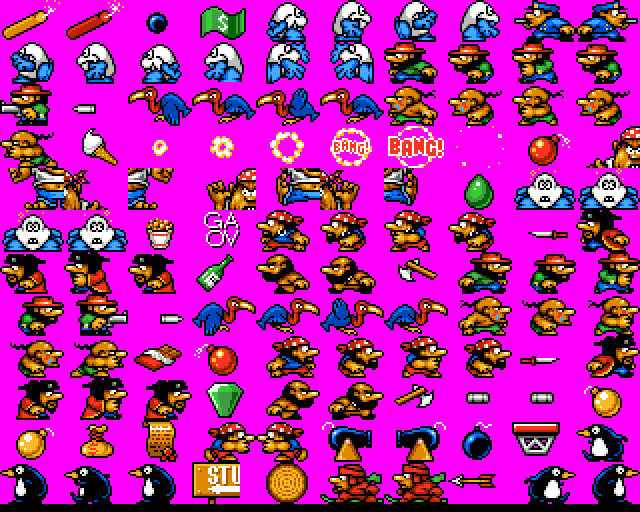
Since the release – there have been updates to the download. The original upload image is in .RAW format, which includes the copy protection. This should work in most emulators including WinUAE, though you may need to install the CAPSImg plugin. However, Galahad has kindly provided an ADF version, Codetapper has provided a WHDLoad version and Michael Christensen (Retroplay @ EAB) has provided an IPF version too. All of which can now be found within the download – thank you everyone!
Also, Adrian Simpson of Amiga Games That Weren’t has extracted out graphics and sprites from the game, which we have included in the gallery. Finally, Codetapper found a cheat tucked away in the game for infinite lives: On the title screen, type in “YOUSEETHATPOO”. At the top of the screen, the game will display the message “I have observed it. That’s you, that is”, indicating you have unlimited lives.
With huge thanks to Ashley Hogg for digging out the disk and for his recollections, Adrian Simpson (Amiga GTW) for the extracted graphics and sprites (see gallery), Simdee for the grammar correction, Galahad for creating the ADF version, Codetapper for creating the WHDLoad version + finding the hidden cheat and Michael Christensen for creating the IPF version.
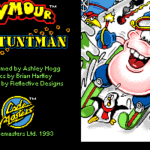
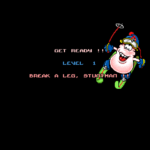
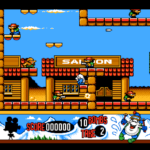
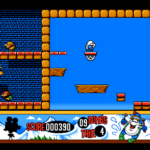
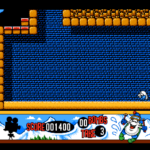
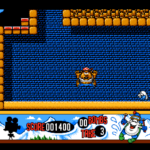
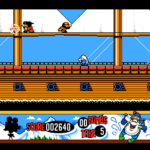
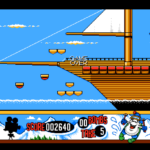
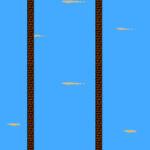
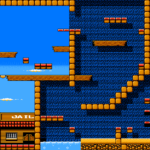
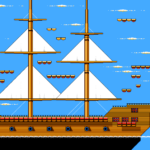
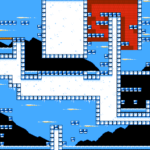
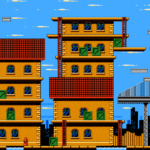
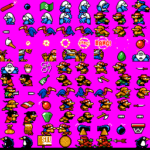
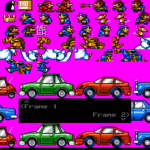

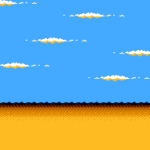
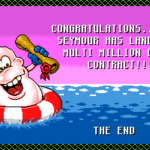


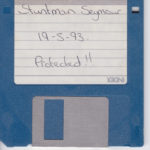

Wow, just found this site and this is amazing!
I loved codemasters back in the day and this has blew my mind!
Thank you for your hard work devotion guys, very interesting read also.
Crikey
I discovered a cheat mode for the game. On the title screen type in “YOUSEETHATPOO”. At the top of the screen, the game will display the message “I have observed it. That’s you, that is” and you will now have infinite lives.
I did wonder if there was something like that tucked away, especially after the “HAIRYARSEHOLES” cheat on the C64 for CJ :) I’ll let Ash know :)
great! thx for this Xmas gift ;)
No problem at all – enjoy! :)
Excellent stuff… any chance of asking Ash if he ported Wild West Seymour to the 16 bits at all please? That’s a Seymour adventure that deserves more love!
I think Ash pretty much went straight onto consoles after this, but i’ll check.
Thanks…
Hi Patrick – Ash confirmed that he never worked on any other Seymour games. Hope this helps.
it is AN IPF version, not “a”, go and learn basic infant level English
Thanks very much for the correction, which is much appreciated. I agree that I need to go and learn “basic infant level English”, just as much as you need to go and learn basic level good manners.
You’re adorable.
Aloha Frank, check your email ;)
Regards, Galahad!
Thank you very much Galahad! Updating page and download now :)